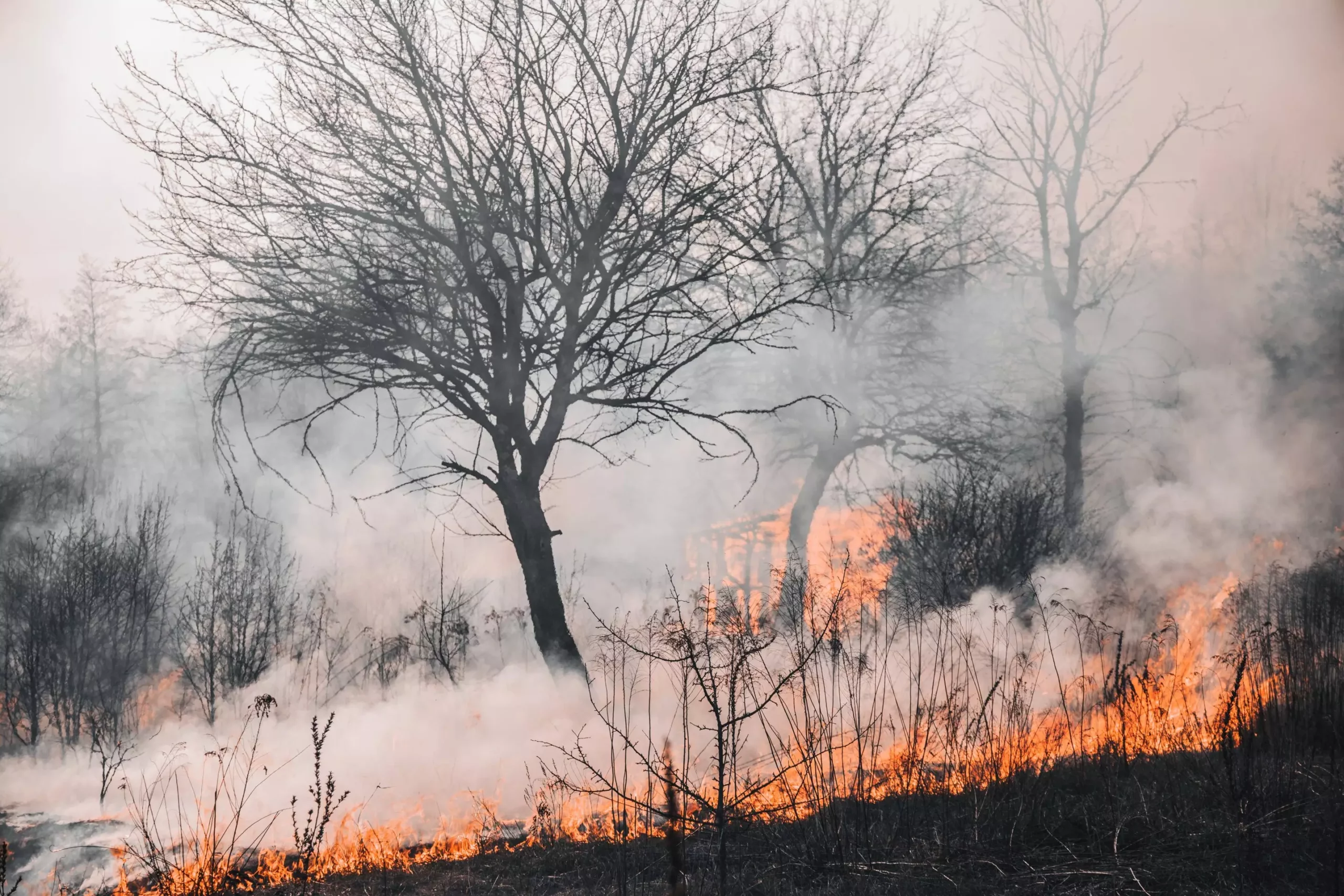In a groundbreaking investigation shedding light on the vulnerabilities of Earth’s atmosphere, multidisciplinary research teams from China, Germany, and the United States have made significant strides in revealing a hidden relationship between devastating wildfires and the delicate chemistry of the ozone layer. An article published in the journal *Science Advances* recounts how natural disasters, particularly the harrowing bushfires that swept through Australia in 2019 and 2020, substantially influence atmospheric conditions in an unforeseen manner.
The ozone layer acts like a protective veil, safeguarding the planet from harmful ultraviolet (UV) radiation. Thanks to the global consensus reached through the Montreal Protocol in 1987, which meticulously phased out substances detrimental to the ozone layer, it has been on a hopeful trajectory towards recovery. This landmark environmental treaty illustrates the efficacy of international cooperation in battling ecological challenges. However, recent findings punctuate the reality that this hard-earned remediative progress is now jeopardized by extraordinary variables—specifically, the unprecedented scale of wildfires accentuated by climate change.
Revolutionizing Our Understanding of Wildfire Effects
The 2019/20 Australian wildfires stand out as a case study illustrating this peril. Researchers noted a staggering increase in stratospheric aerosols—minute particles capable of impacting our climate and health—which stemmed from the intense infernos. By harnessing sophisticated satellite technology and sophisticated numerical models, the team unearthed a remarkable phenomenon: the smoke-charged vortex (SCV). As detailed by Prof. Hang Su from the Institute of Atmospheric Physics at the Chinese Academy of Sciences, these SCVs can propel smoke particles into the stratosphere, soaring to altitudes of 35 kilometers.
As these smoke-laden whirlpools emerged, they approximately doubled the aerosol concentration in the southern hemisphere’s mid-stratosphere. This discovery suggests a profound alteration in the stratospheric chemical reactions. While the research revealed a loss of ozone in the lower stratosphere, the unexpected interaction of the wildfire-induced aerosols resulted in increased ozone concentrations at higher altitudes. Such findings paint a complex and paradoxical picture, wherein the same wildfire emissions have dual outcomes that reciprocate amongst atmospheric layers.
The Dual-Edged Sword of Aerosols
In Southern Mid-Latitudes, the research indicates a remarkable buffering of ozone depletion—suggesting that the SCVs may mitigate up to 70% of ozone loss in lower stratospheric layers following wildfire events. This insight serves as a reminder that the planet’s climate systems are intricately connected, and simple cause-and-effect relationships are seldom sufficient. The unearthed link demonstrates the capacity of absorbing aerosols from wildfire smoke, like black carbon, to sustain expansive smoke-charged vortices that linger for an extended duration.
Yet, this newfound understanding also exposes the fragility of our atmospheric resilience. Even while certain layers of the stratosphere may experience ozone increases, the tender balance inherent in the wider atmospheric chemistry remains disturbingly precarious. Prof. Yafang Cheng from the Max Planck Institute for Chemistry emphasizes the necessity for unwavering scrutiny and advanced research as climate change compels the prevalence of wildfires throughout the world, revealing potential threats to our collective environmental health.
A Call to Action for a Collective Future
While the Montreal Protocol stands as a monumental accomplishment in environmental policy, the latest revelations highlight the innate vulnerabilities stemming from natural phenomena exacerbated by climate change. With wildfires—including ones driven by human negligence—growing in both frequency and intensity, certain atmospheric dynamics may become increasingly prevalent. The emerging understanding of SCVs signals a crucial need for a reevaluation of our approaches to climate resilience and environmental preservation.
As we stand at a critical juncture in history, it is paramount to recognize the interconnectedness of our actions. The intricate dance between environmental policy, natural disaster, and atmospheric science beckons for urgency and cooperation on a global scale. In light of the present findings, advancing our understanding of how wildfires and other climate-induced disturbances influence our atmosphere is not merely an academic endeavor but a civic duty crucial to the preservation of our planet for future generations.

